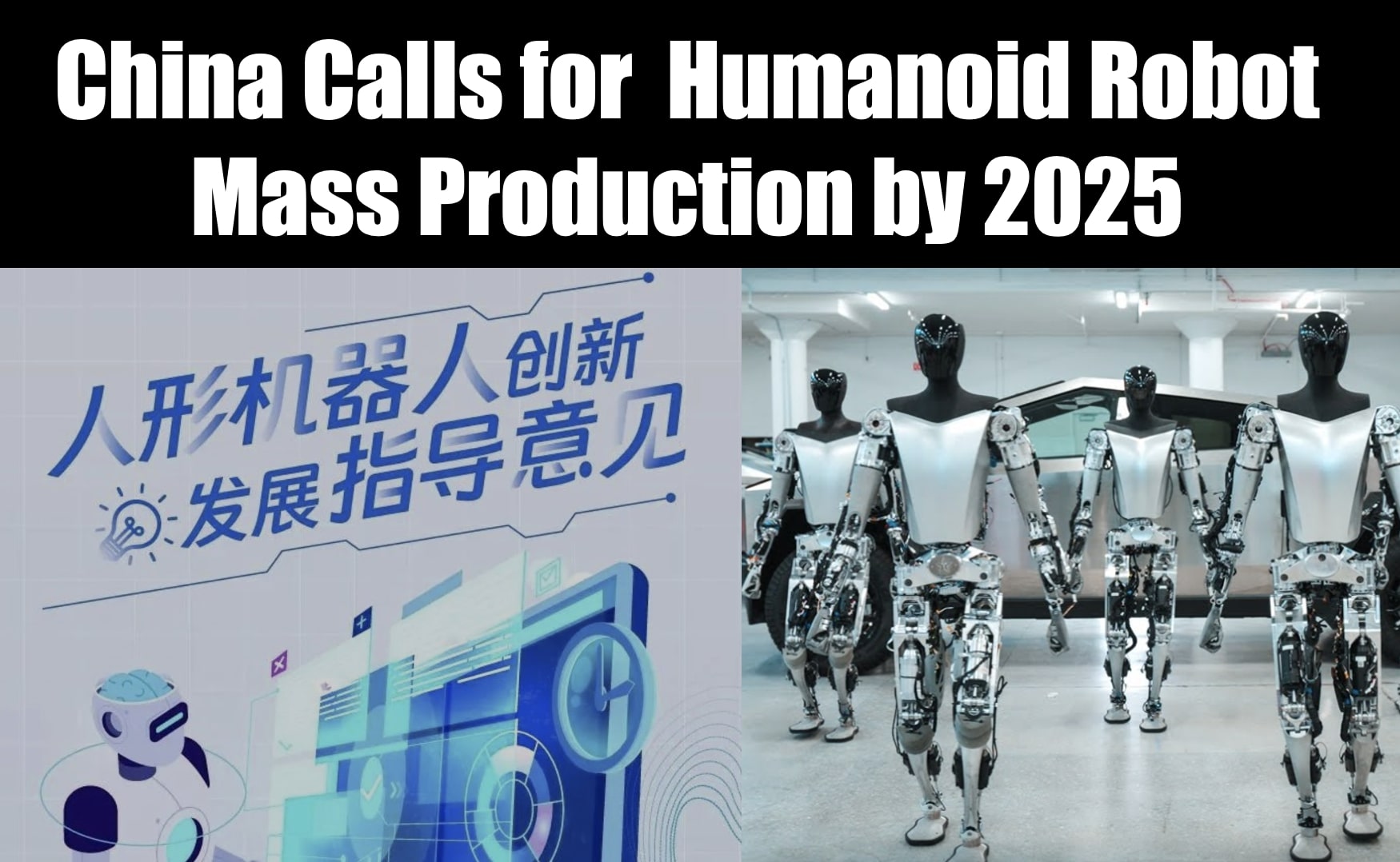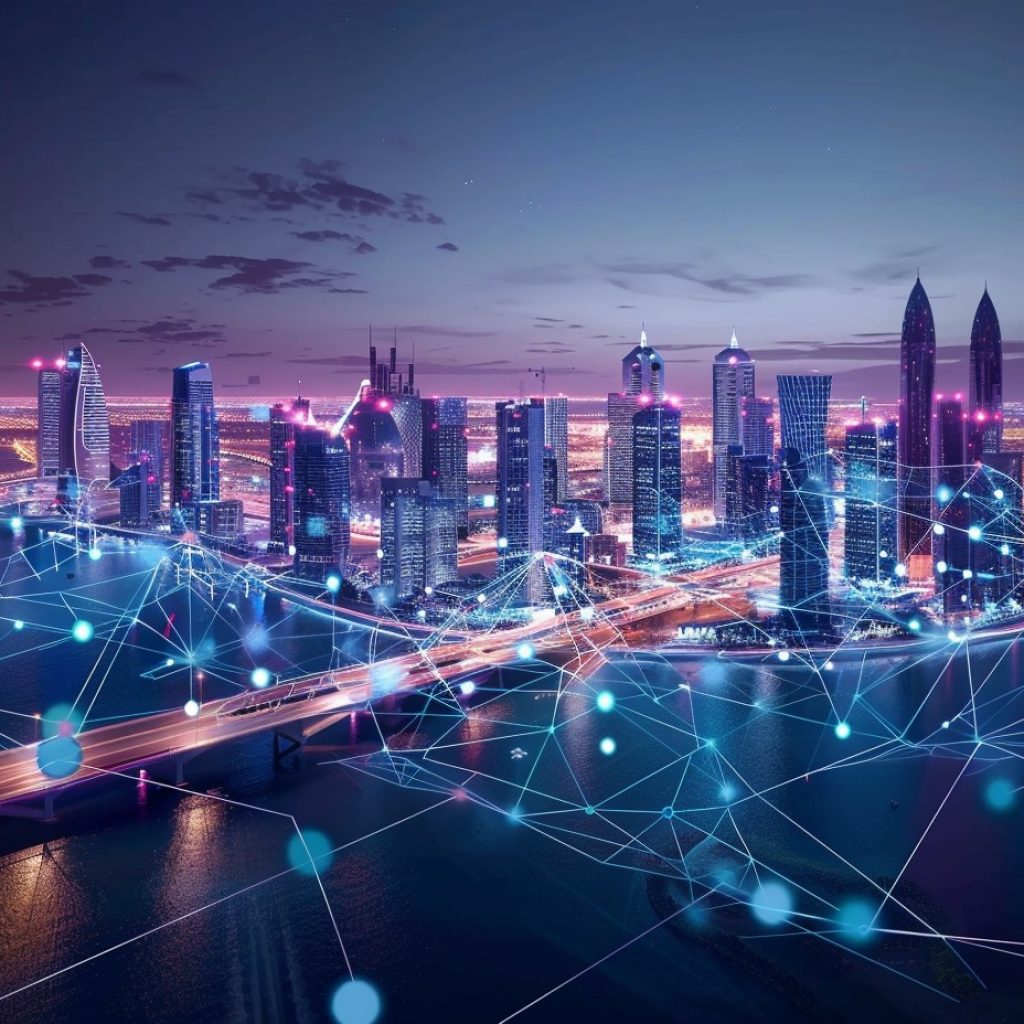China’s rapid advancements in artificial intelligence (AI) are now extending into humanoid robotics. The Chinese Communist Party has embarked on a mission to develop and deploy AI-powered humanoid robots to bolster its manufacturing sector and address the challenges an aging population poses. As this technology matures, questions about global implications and the preparedness of other nations, particularly the United States, are coming to the forefront.
The role of AI-powered humanoid robots
The Chinese Communist Party’s decision to invest heavily in the development of humanoid robots stems from the pressing need to rejuvenate its manufacturing sector. With an aging population, China faces a shrinking workforce, making it crucial to automate various industries and maintain economic growth. These robots are envisioned to work alongside human workers, increasing efficiency and productivity.
NTD recently sat down with Andrew Thornebrooke, a prominent national security correspondent for The Epoch Times, to gain valuable insights into this technological development and its potential global impact.
Thornebrooke highlighted the significance of China’s AI-powered humanoid robots, stating, “The development of these robots signifies China’s commitment to maintaining its manufacturing dominance on the global stage. By integrating AI into robots with human-like capabilities, China aims to remain competitive and adapt to its changing demographic landscape.”
Global implications
As China advances in humanoid robotics, concerns are emerging about the global implications of this development. These implications go beyond the economic sphere and touch on several key aspects:
- Economic impact: The widespread adoption of AI-powered robots in China’s manufacturing sector could lead to increased competition with other nations, potentially reshaping the global economic landscape.
- Security concerns: The integration of AI into humanoid robots raises security concerns, particularly in cybersecurity. These robots could be used for espionage, data theft, or other malicious activities, posing a challenge to national security.
- Technological race: China’s progress in AI and robotics may trigger a technological race among nations to maintain a competitive edge. This could accelerate the development and deployment of similar technologies in other countries.
United States preparedness
One pressing question is whether the United States is adequately prepared to deal with the emergence of AI-powered humanoid robots created by a communist government. Thornebrooke emphasized the need for vigilance and proactive measures, saying, “The United States must remain technologically competitive in the field of AI and robotics to safeguard its economic and national security interests.”
To stay competitive, the United States should prioritize:
- Research and Development: Investing in research and development is crucial to keep pace with advancements in AI and robotics.
- Regulatory Framework: Establishing a robust regulatory framework can ensure that AI-powered robots are developed and used responsibly, addressing concerns about security and ethical considerations.
- International Collaboration: Engaging in international collaboration and partnerships can foster cooperation in addressing the challenges posed by AI-powered humanoid robots.
As China accelerates its pursuit of AI-powered humanoid robots, the global community must closely monitor these developments. Collaboration, innovation, and responsible AI governance are vital to harness the potential benefits of AI while mitigating the associated risks.





